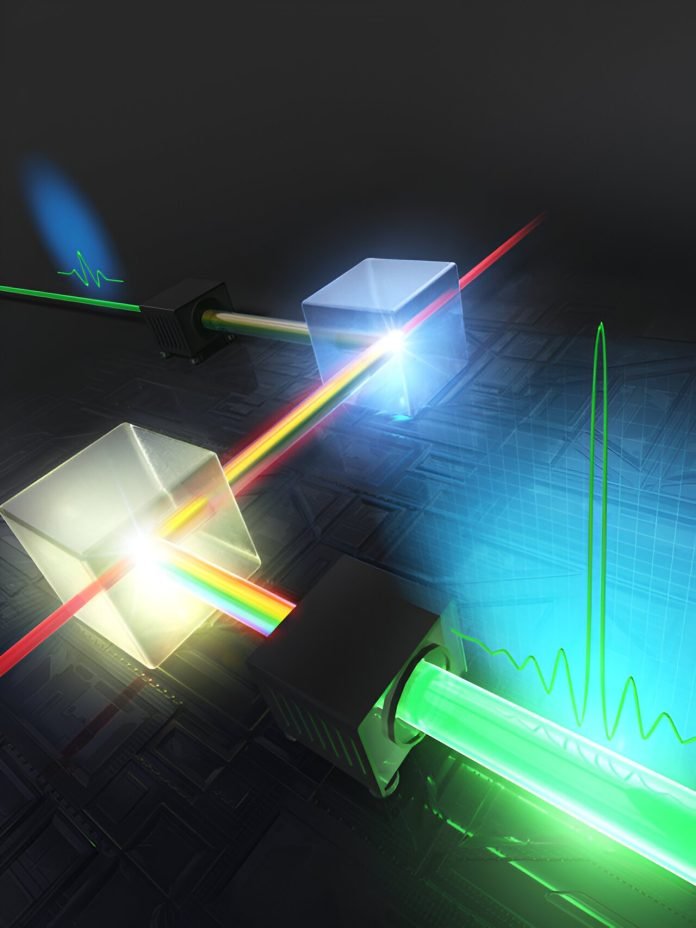
Researchers at RIKEN have achieved a major breakthrough in laser technology, creating incredibly short pulses of laser light with astonishing power.
These short bursts of laser light, equivalent to 6 trillion watts of power, could revolutionize our ability to study ultrafast processes at the atomic level.
The study, published in Nature Photonics, marks a significant advancement in the development of attosecond lasers.
Attosecond lasers are capable of producing pulses of light that last for just one attosecond, which is one billionth of a billionth of a second.
This incredibly short duration allows scientists to observe the rapid movement of electrons within atoms and molecules, providing insights into fundamental chemical and biochemical reactions.
Lead researcher Eiji Takahashi explains, “Attosecond lasers have immense potential for various scientific applications, including studying biological cells, developing new materials, and diagnosing medical conditions.”
However, previous attosecond lasers lacked sufficient energy to be widely applicable. The challenge was to create pulses that were both ultrashort and high-energy.
The current output energy of attosecond lasers was too low to be practical for many applications.
Takahashi and his colleague Lu Xu have now overcome this limitation by developing a new method called advanced dual-chirped optical parametric amplification (DC-OPA).
This technique allows for the amplification of single-cycle laser pulses to unprecedented energy levels—exceeding 50 millijoules, more than 50 times higher than previous efforts.
The simplicity of their method is remarkable, involving just two crystals that amplify different parts of the light spectrum. This advanced DC-OPA technique works over a wide range of wavelengths, enabling the amplification of pulses with varying characteristics.
Their achievement builds upon the principles of chirped pulse amplification, a technique that earned researchers the Nobel Prize in Physics in 2018.
Chirped pulse amplification played a crucial role in the development of attosecond lasers, highlighting the interconnectedness of scientific advancements.
Looking ahead, Takahashi envisions even greater possibilities, including the generation of pulses with zeptosecond durations—lasting just one trillionth of a billionth of a second. This ambitious goal could pave the way for the next generation of ultrashort lasers, opening new frontiers in ultrafast laser research.
The breakthrough achieved by Takahashi and Xu represents a significant step forward in laser technology, with far-reaching implications for scientific research and technological innovation.
Source: RIKEN.



